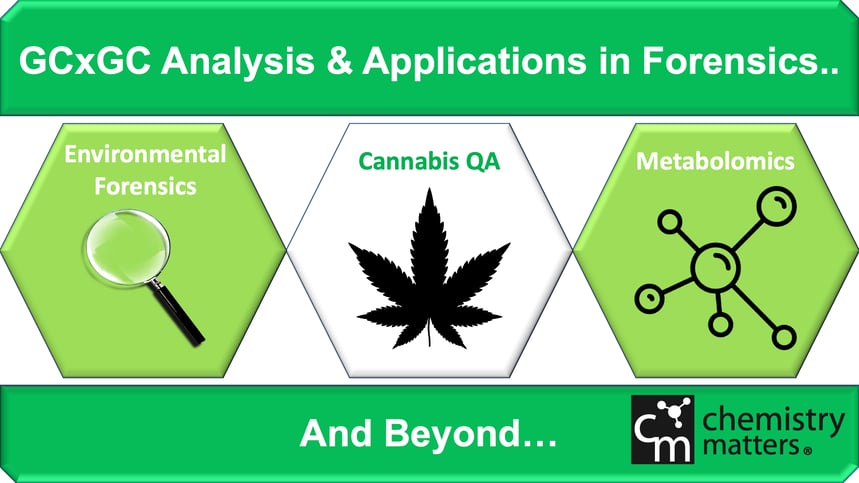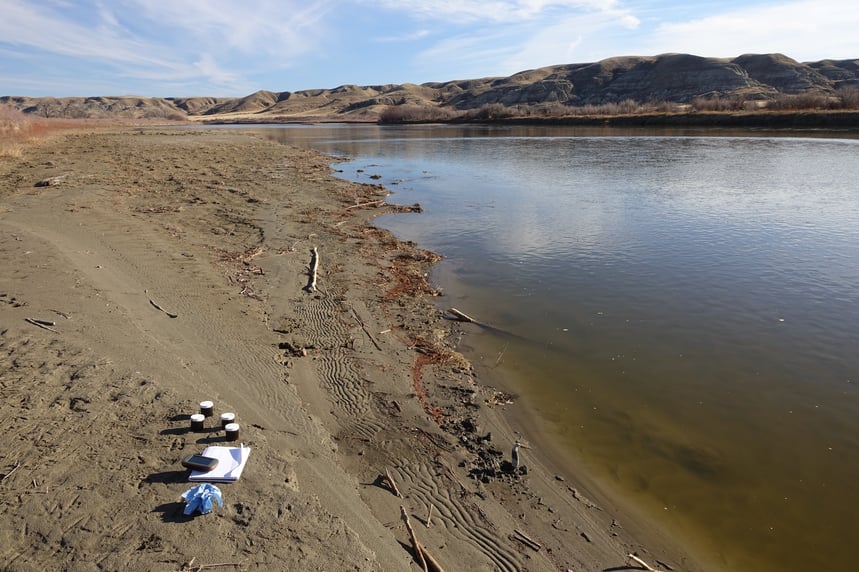Ethane is a reliable geochemical tracer that can be used as a single line of evidence to identify a potential gas migration issue. Ethane and longer chain hydrocarbons are produced during the thermal degradation of organic matter (kerogen) over geological timescales. Microbial processes in the shallow geology generally produce solely methane. Only in some unique cases, negligible concentrations of ethane and longer chain alkanes in the soil have been documented to occur.
Therefore, the relative ratios of methane and ethane in soil gases can be used to identify source(s) where thermogenic gases will have much smaller ratios (methane:ethane) compared to microbial soil gases. A plot of methane versus ethane is a good tool to easily visualize these differences. The examples shown below represent data from locations with a confirmed gas migration issue (Site A) and without a gas migration issue (Site B). A large spread in the data along either the gas migration or the microbial gas production trajectories can usually be expected; however, the relative methane:ethane ratios should be constant for a single thermogenic source zone. The variability in the data along these trajectories can typically be attributed to atmospheric contamination in the soil gas samples.

Although the failure to detect ethane implicates a biogenic source, high levels of atmospheric contamination in soil gas samples is a common issue for most samples collected during soil gas investigations. This can severely limit the use of this approach by artificially diluting the concentrations of ethane below detection limits.
Ultimately, the absence of ethane in soil gas samples that are not contaminated/diluted with air provides strong evidence to distinguish between thermogenic and biogenic gas sources.




